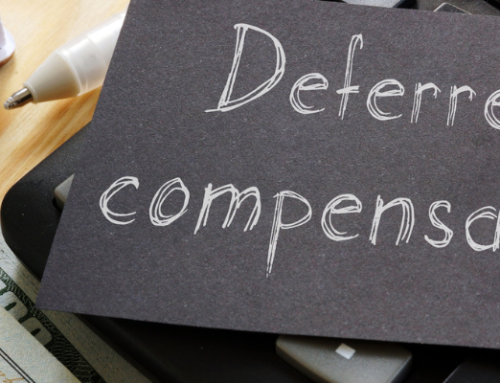By Neena Shukla, CPA, CFE, CGMA, FCPA, CTP
In the complex landscape of employee benefit plans, plan sponsors often lean on external service organizations to manage key operations, from recordkeeping to administration. With such critical functions outsourced, maintaining a clear understanding of the controls and safeguards in place at these service organizations is more than advisable—it’s a fiduciary duty. Enter the SOC 1 (Service Organization Control 1) report, an instrument designed to assure plan sponsors that their service providers maintain effective internal controls relevant to financial reporting.
The Anatomy of a SOC 1 Report – A Plan Sponsor’s Compass
A SOC 1 report, often the silent sentinel of assurance, is your guide to a service organization’s controls. Within this crucial document, two key variations stand out for plan sponsors.
Type I vs. Type II – Which Suits Your Sight?
The distinction between Type I and Type II SOC 1 reports is important for plan sponsors to grasp. A Type I report conveys the design of internal controls at a specific point in time. Meanwhile, the more comprehensive Type II report assesses the operating effectiveness of these controls over a specified review period—typically a minimum of six months. This distinction can directly affect the assurance you garner as it acknowledges the actual deployment of controls over time, a critical element for plan sponsors with the long-term health of pension and 401(k) plans in their purview.
Control Objectives – The Cardinal Points of Service Protocols
In a SOC 1 report, control objectives represent the scope of the service organization’s internal systems that impact the accuracy and integrity of their services to you. You must identify the control objectives that directly align with the services rendered to ensure they meet your plan’s requirements. Control objectives could include the accurate management of participant records, the security and confidentiality of information, or the timely and correct process of financial transactions.
Navigating the Crucible – Steps to Decode a SOC 1 Report
Understanding a SOC 1 report entails navigation through a host of sections. Here are the landmarks you must not overlook.
- Testing the Tides – Assessing the Effectiveness of Controls
This section details the tests of controls conducted by the auditor and their findings. The report will outline whether the controls were consistently effective or if any deficiencies were detected. It is imperative to note any such deficiencies, particularly those that may have a significant impact on your benefit plan’s well-being, and the remediation steps the service organization intends to take.
- User Entity Compliance – Are You the Log of the Ship?
The SOC 1 report may outline a set of Complementary User Entity Controls (CUECs). These are controls that the service provider assumes you, the user entity, have in place. You must ensure your organization complies with these CUECs, as your adherence is pivotal in maintaining the overall reliability of the services provided.
- Any Foreseeable Storms? – Cautionary Observations and Potential Impacts
The report may also contain advisory notes on areas of concern that did not rise to the level of a significant deficiency. While not critical by themselves, these concerns could hint at issues that, if left unattended, may cascade into larger problems. It’s your prerogative to investigate and consider the implications for your employee benefit plans.
Plotting the Course – Leveraging the SOC 1 in Your Benefit Plan Voyage
A SOC 1 report is not merely an artifact for your records; it’s a vessel of insight and action. Consider the following as you chart the course of your plan’s future.
- Interpreting Salient Lessons – Turning Reports into Resilience Plans
A SOC 1 report is replete with data, but it requires interpretation. More than understanding the numbers, grasp the narrative they paint about your service provider’s controls and how they protect your plan. Translate findings into actionable plans, ensuring the fidelity of your plan’s administrative controls.
- Responsive Engagements – Strengthening the Sponsor-Provider Alliance
In the event of identified deficiencies, your engagement becomes key. An open and collaborative dialog with your service provider can serve to address issues proactively, reinforcing the partnership and proving critical in safeguarding your plan’s integrity.
- Continuous Vigilance – The Dynamic Interplay of Controls and Change
A SOC 1 report encapsulates a moment in time, yet the effectiveness of controls is a continuous concern. Providers may update their systems, your plan’s needs may evolve, and regulatory landscapes shift. Therefore, an ongoing vigilance and regular reviews of updated SOC 1 reports is your compass for an effective plan oversight.
A Secure Harbor – Final Reflections on SOC 1 and Your Plan Sponsorship
Reading, interpreting, and acting upon a SOC 1 report is a significant part of the stewardship a plan sponsor undertakes. It reflects a commitment to the financial health and welfare of employees who depend on your benefits program. By understanding and integrating SOC 1 assessments into the fabric of your plan management, you elevate the level of fiduciary care and ensure that the controls in place by your service providers align closely with the stringent requirements of your employee benefit plans. In doing so, you don’t just passively rely on reports, you actively steer the course of your plan toward a secure and prosperous future.





